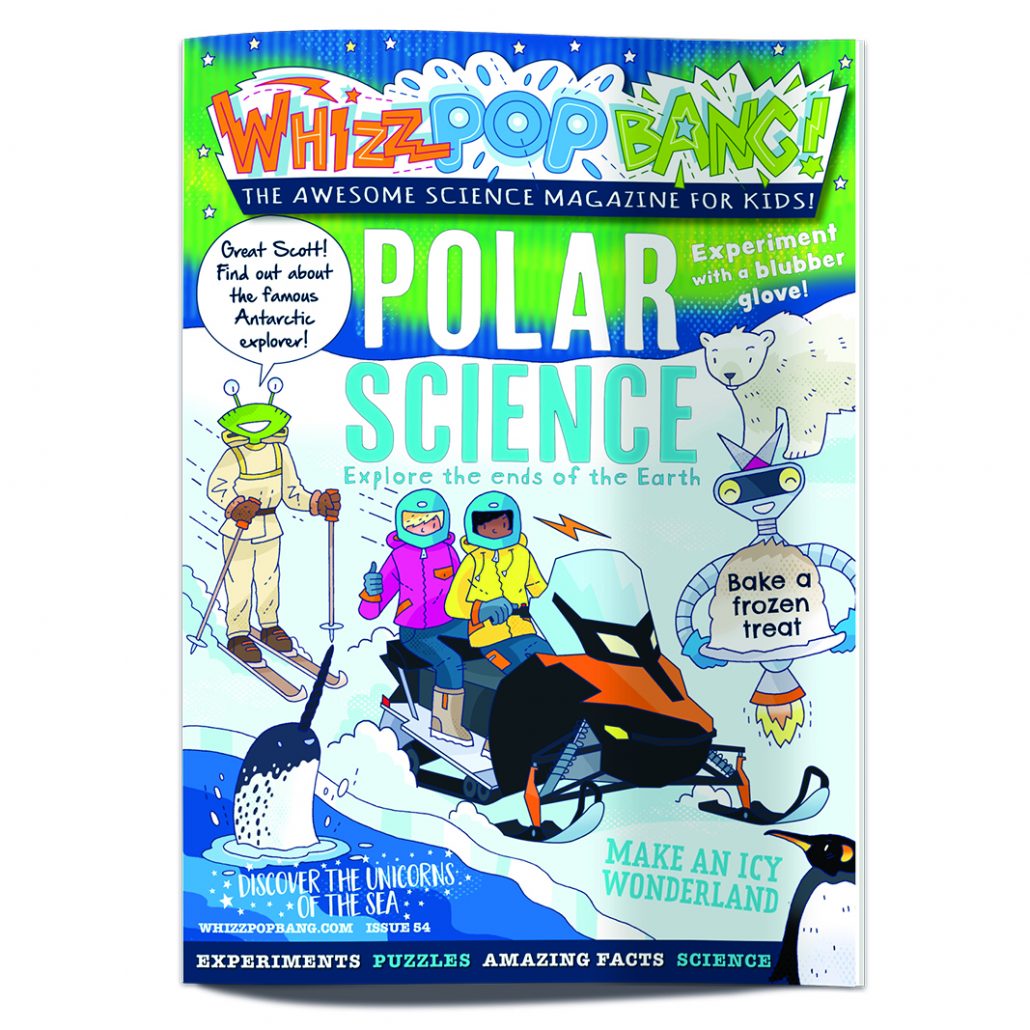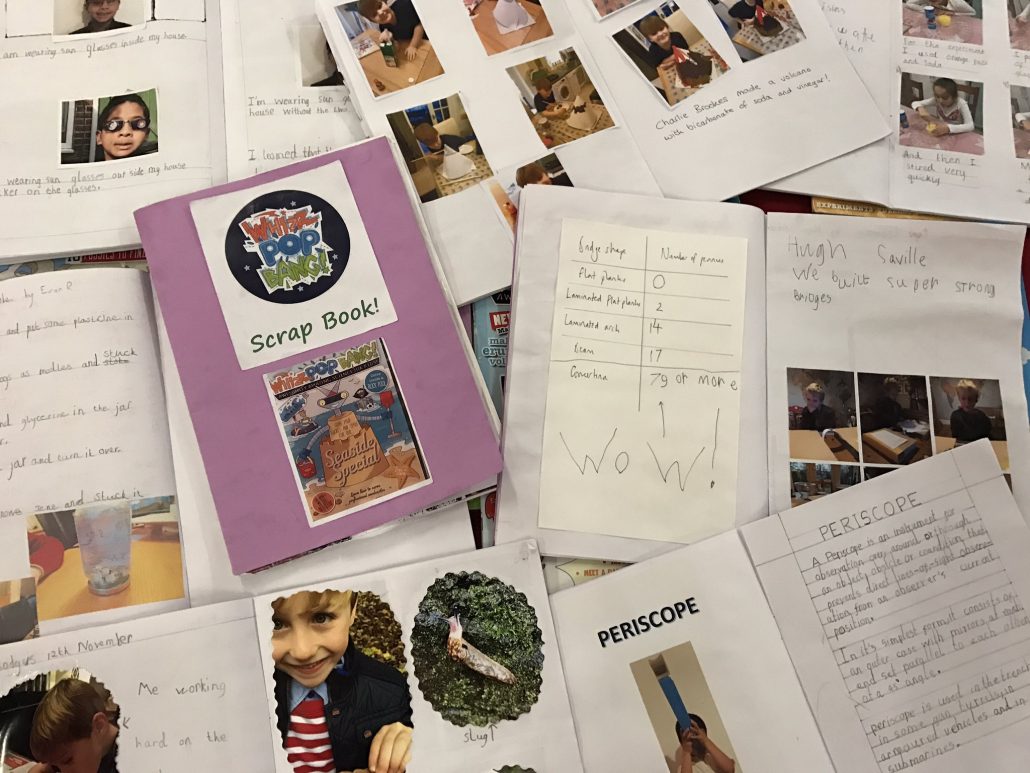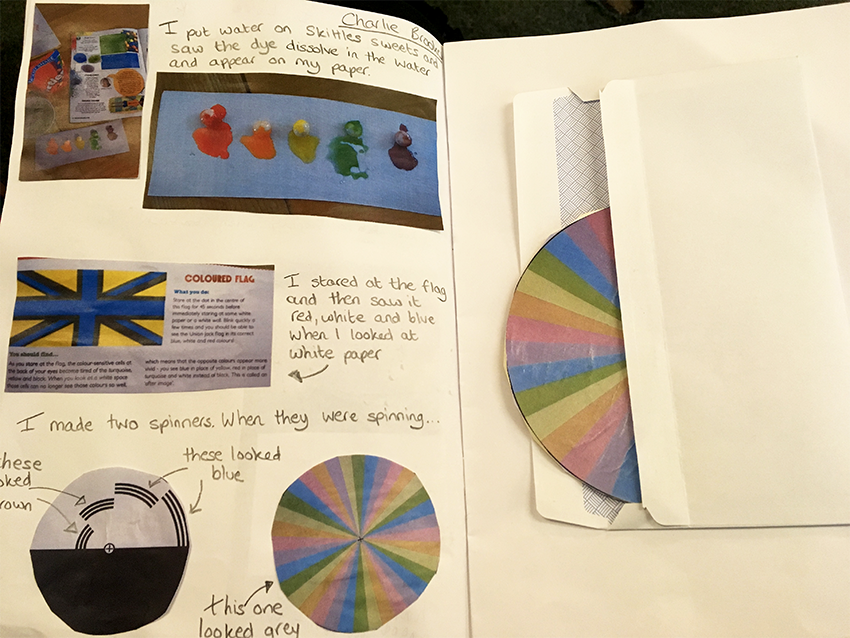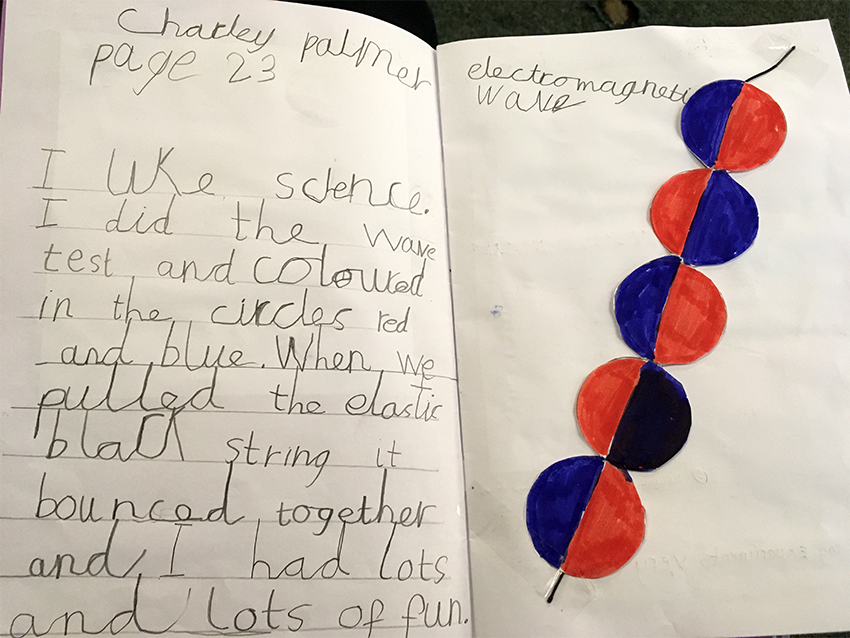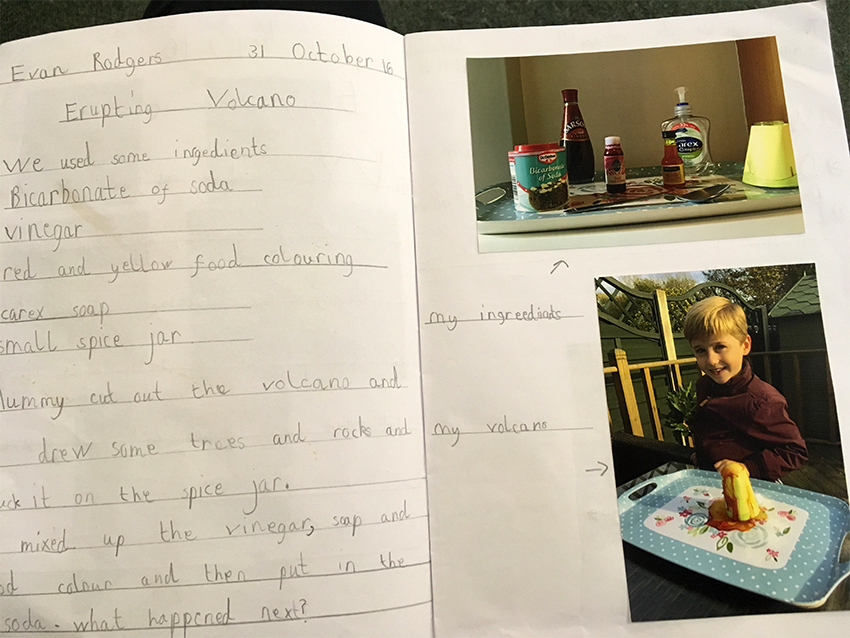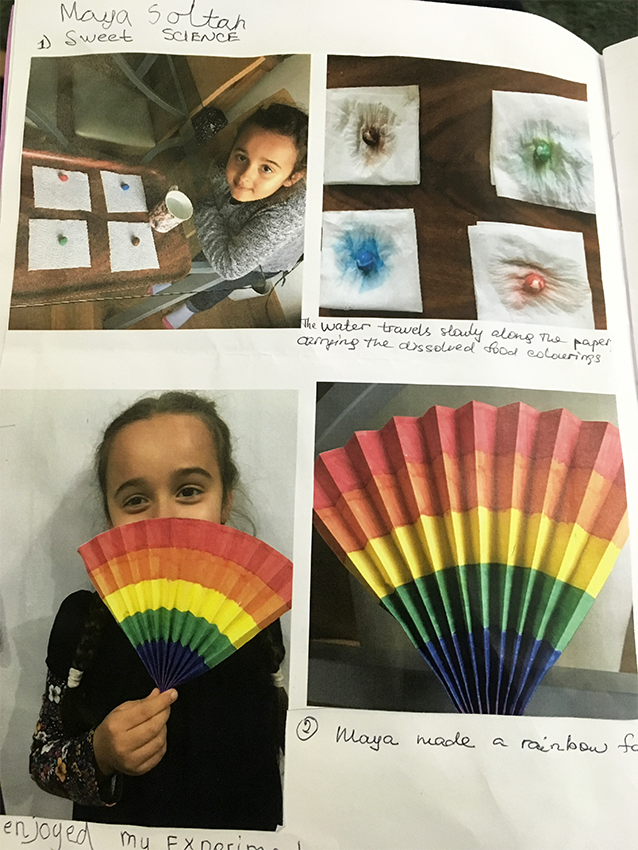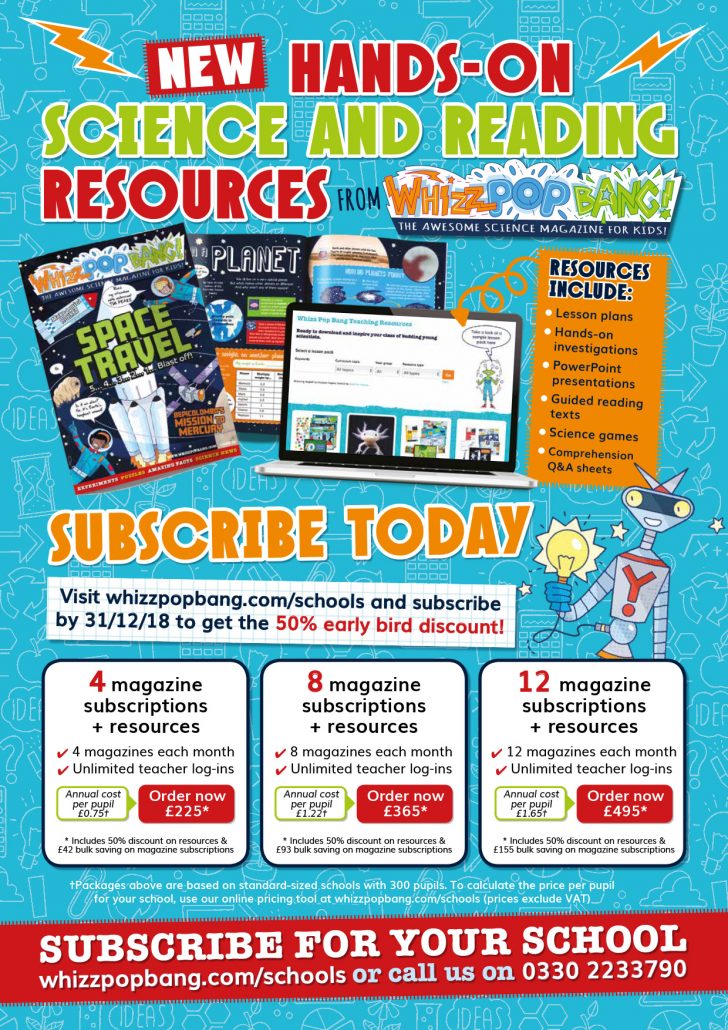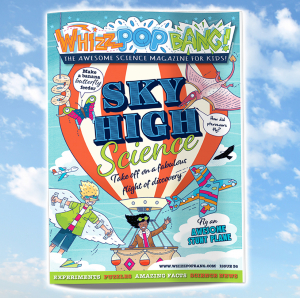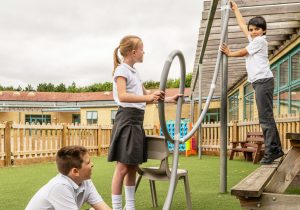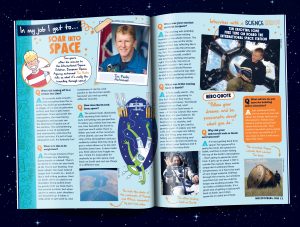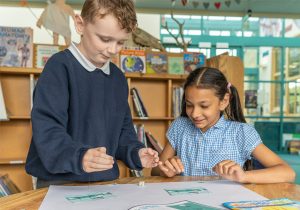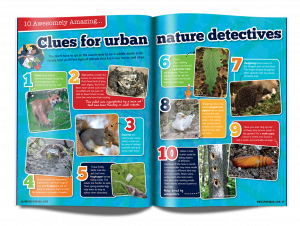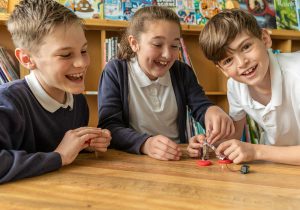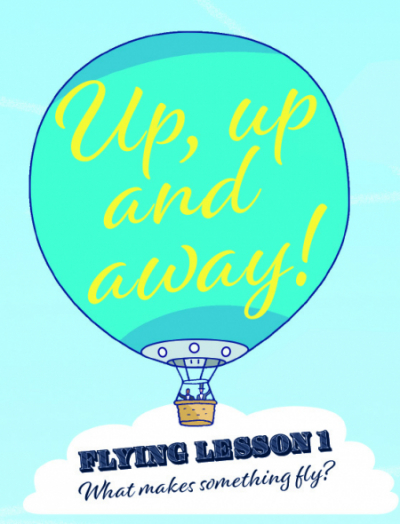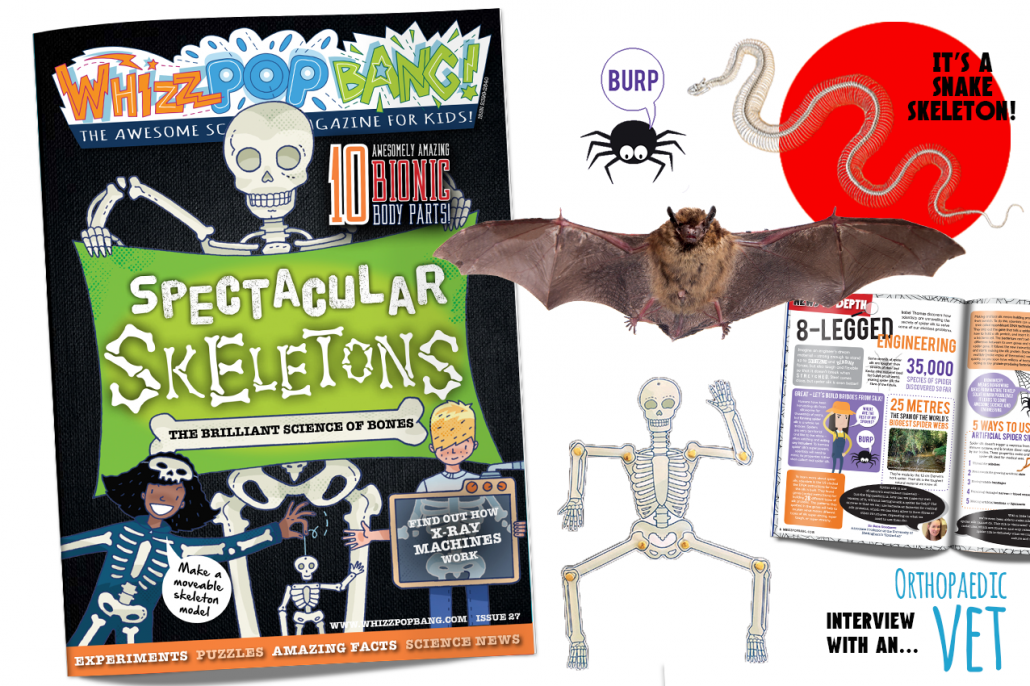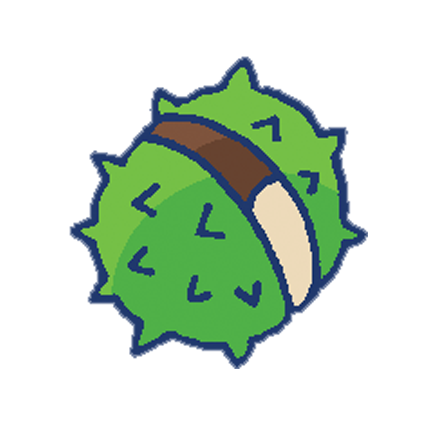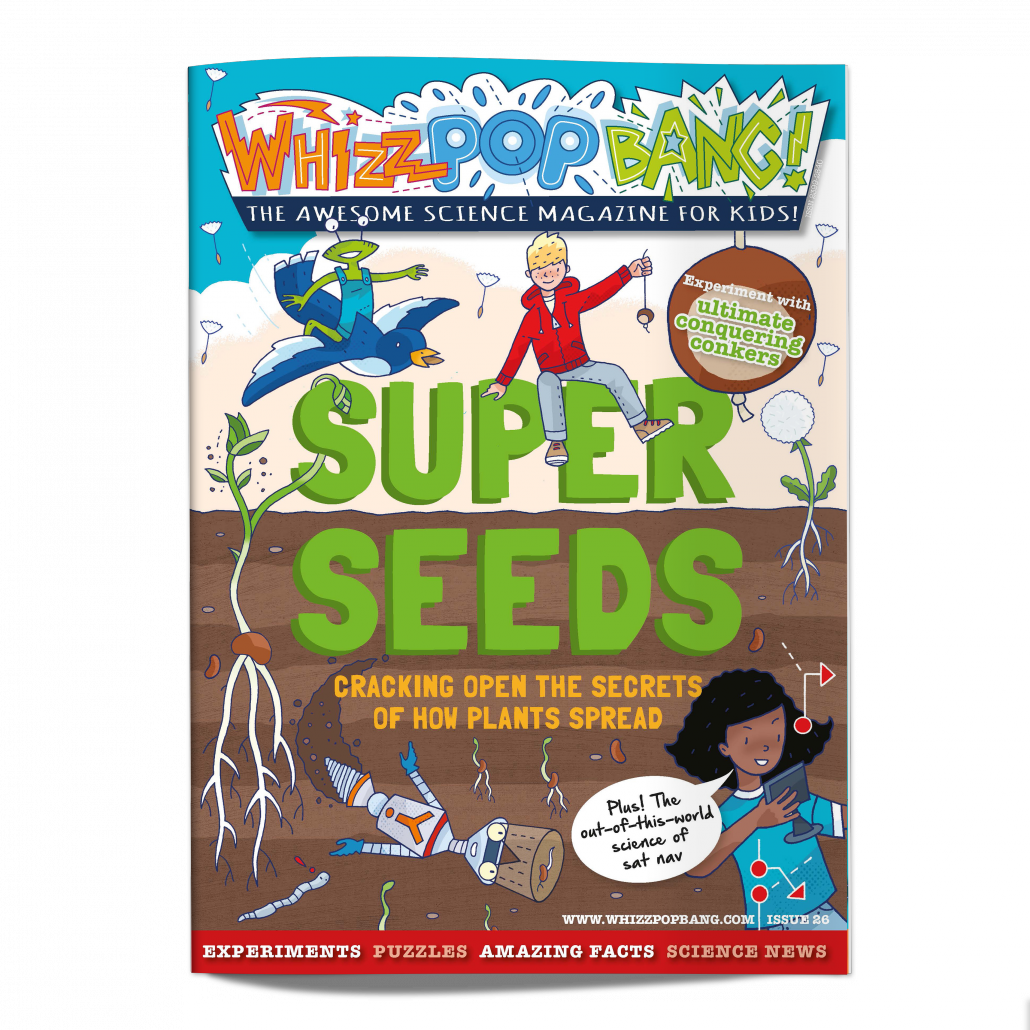Now that schools are closed, have you become a home educator overnight? Whizz Pop Bang is the world’s most awesomely amazing kids’ science magazine, bursting with hands-on experiments, facts and fun, and we want to help you and your children with the huge transition that many of us face.
Here are some FREE science activities and experiments to help you entertain, excite and educate your year 2 child! You’ll find reading comprehensions about harvest mice and crabs, find out how to grow a grass head pet while learning about seed germination, discover how to make plastic from milk and create a working wind turbine!
Our experiments are designed for children from 6 to 12, but this list of experiments is particularly perfect for year 2, P3 (Scotland) and 6-year-olds and 7-year-olds as they tie in with the relevant National Curriculum objectives and topics.
The reading comprehensions included here were designed to be read at A3 size, so text may appear too small when printed at A4. They work really well on a tablet or monitor, or you may need to print them on two pages of A4 if your printer allows.
If you have any comments or questions about our free year 2 science experiments and reading comprehensions, please leave a comment for us. Or do you have any science homeschool ideas or general home educating ideas for 6- and 7-year-olds? We’d love to hear from you!
Harvest mice reading comprehension
Read all about the smallest rodent in Europe, the tiny harvest mouse!
Find out how they are related to other rodents, how much they weigh, what they use their tails for, how they protect themselves from predators, where they build their nests and what their babies are called.
This downloadable reading pack includes:
– A reading spread about harvest mice for you to print or for your child to read on a tablet.
– Reading comprehension question sheet and answer sheet
Topic links: Year 2 living things and habitats, P3 Biodiversity and interdependence
Seed germination: grow your own plant pet!
Grow grass pets to learn about what seeds need in order to grow. Design and make your own grass head pets, then discover what plants need in order to grow!
You will need:
Soil or compost
2 tbsp. grass seed
Old nylon tights
Plant pot or bowl
Elastic bands
Googly eyes, felt or beads
Needle and thread or glue
Bonus activity: how to walk like a cat!
Find out what’s special about how cats walk.
Topic links: Year 2 plants and P3 biodiversity and interdependence
Make your own plastic
Explore making plastic from milk (casein plastic) in this fun free science experiment using household items.
You will need:
Milk
White wine vinegar
A sieve
Paper towels
Bonus activity: Try out a leak-proof bag
These activities are taken from Whizz Pop Bang’s Awesomely Amazing Science Club – download the entire pack here!
Topic links: Year 2 Materials and P3 Properties and uses of substances
Crabs reading comprehension
Read about the ultimate recyclers of the seas, crabs! Discover why these cool crustaceans have an exoskeleton, how they walk and more!
This downloadable reading pack includes:
– A reading spread about crabs for you to print or for your child to read on a tablet.
– Reading comprehension question sheet and answer sheet.
Topic links: Year 2 living things and habitats, P3 Biodiversity and interdependence
Make a wind turbine
Print, cut and craft a working wind turbine!
You will need:
Printable template (below)
A paper straw
A wooden skewer
A stapler and staples
A few beads that are large enough to thread onto the skewer
Sticky tack
Bonus activity: upside-down glass experiment
This activity is taken from Whizz Pop Bang’s Awesomely Amazing Science Club – download the entire pack here!
Are you home educating children in other year groups? Then you might find these posts helpful:
Free science activities for year 3 and P4
Free science activities for year 4 and P5
Free science activities for year 5 and P6
Free science activities for year 6 and P7

